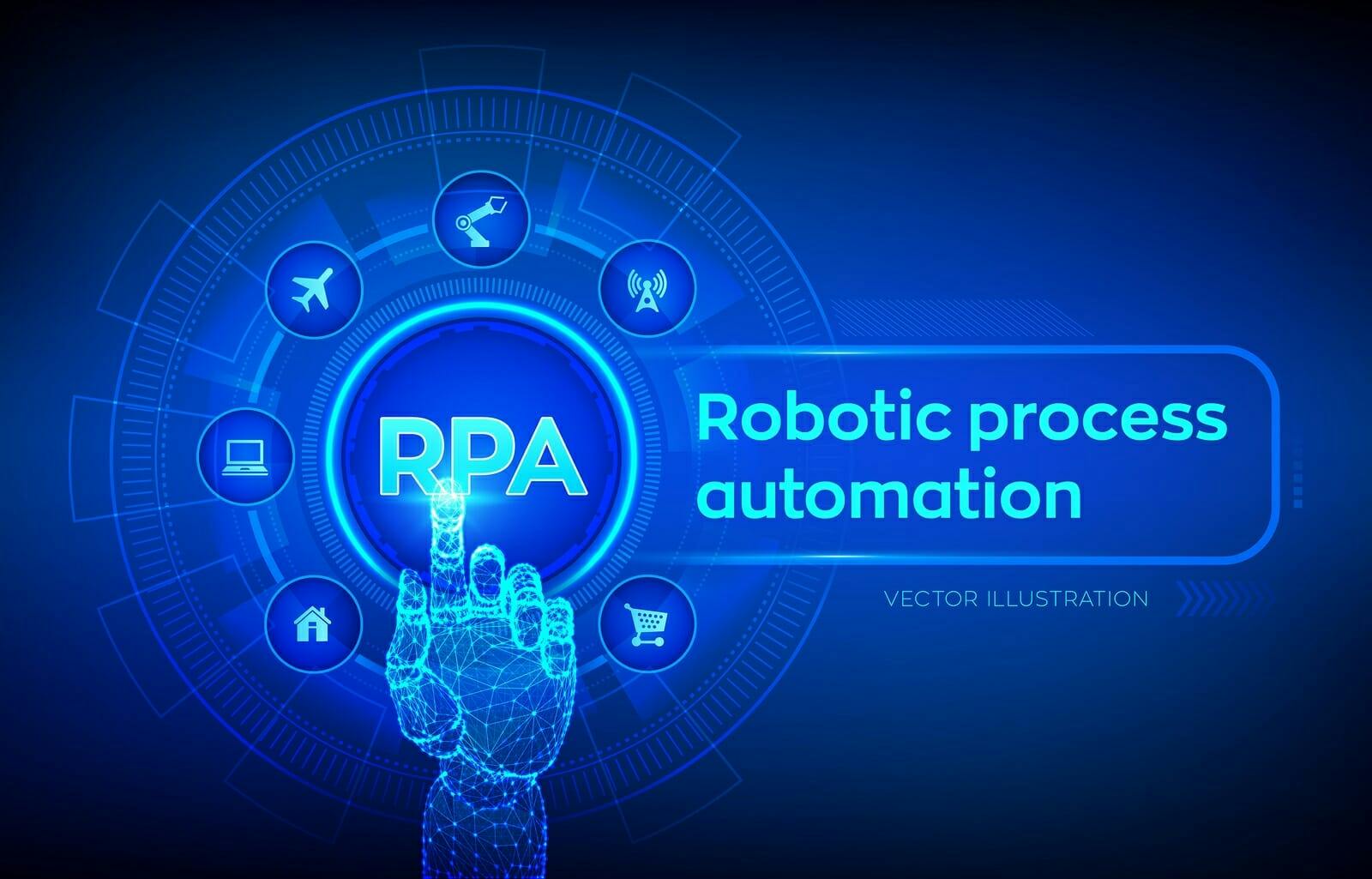If you could choose the best possible office perk, what would it be? If you lean towards work from home, you’re certainly not alone. The “working from home” phenomenon (or WFH, in popular email shorthand) has recently swept the nation by storm leaving executives puzzled and HR in a sticky situation. With companies adopting the policy to appease staff, remote work will soon be an expected allowance from major corporations. Now that researchers have had opportunities to study working from home, more cost-benefit analyses can now be conducted with that information, on a company-by-company basis.
But what does that mean for the managers and supervisors?
Behind closed doors, who is to say whether or not employees are putting in work or simply slacking off? Accountability from out-of-office employees is something that still makes managers anxious. But in industries where remote work has not been traditionally offered, Gallup’s 2017 State of the American Workplace found the practice is now becoming more common. A work culture that involves a remote workforce is no longer a fantasy; it’s a reality. But how do you make sure you’re getting the most out of your employees if you can’t supervise them in person, or manage their workload without resorting to countless tracking apps and platforms?
Attended automation
Luckily, technology is providing an answer. As automation become increasingly present in office work flows, you can now deploy similar software that will add value for both employees and supervisors. This practice is called “attended automation,” which means that a virtual assistant works alongside the remote worker, intuitively sensing when the employee might need help solving a problem. The information flow goes both ways. The assistant’s data will be available to the manager, meaning that they can discern which problems the worker had, how long they worked, and what tasks they accomplished.
Let’s use the example of a call-center, where assistants are already being deployed. In that environment, a virtual assistant will record how many calls your employee made, and note times those calls were placed. Every instance where the attended automation is activated, processes will be recorded, letting a manager know where the employee’s pain points occurred, and how productive the employee was. It can even report progress in real time.
However, the software’s greatest benefits far exceed monitoring and task management capabilities. While these bots are well oiled at logging hours and completing low-level tasks, they really shine in helping employees improve their own productivity by working alongside their every move. During a customer call, AI will enable the bots to bring up pertinent information on the screen that can decrease hold times and allow for seamless interactions. With dozens of systems of information to pull from, wouldn’t you be less stressed if a robot could instantly grab the data for you? The quicker you finish one call, the faster you can move on to the next. It’s not always about working 8 hours a day, but meeting a call quota. That’s just one way that RPA can boost productivity as your staff works remotely. In addition, this maximizes flexibility, allowing employees to walk the dog or run a mid-day errands and still meet their goals.
Above all else, software closes the distance between manager and remote employee. Attended automation is a solution that improves the work-life balance for both employee and manager; the software can be tweaked to track KPIs or to drill down on task management. These virtual assistants track the metrics and improve staff productivity while allowing the employee more freedom, a situation where both parties win.
The work from home trend isn’t going away; in fact, many prominent corporations have already utilized the practice to their advantage. In large markets where office space is prohibitively costly, an efficient remote relationship is becoming increasingly desirable. The purposeful implementation of software is an ideal solution.
As our work/life balances adjust during a generation where the nature of work is changing, software solutions set both companies and their employees up for success. If remote working environments are in your company’s future, automation can make the transition smooth and efficient.
